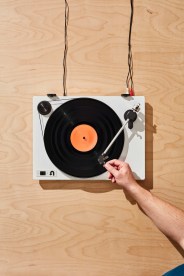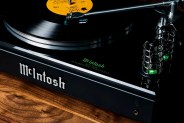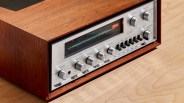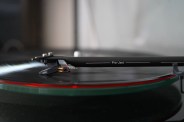Today, vinyl is at its most popular since the late 1980s. Record sales have been on the rise for the last 18 years (every year since 2006) and new record plants are opening up for the first time in decades. Yes, we’re in the midst of vinyl resurgence.
But one hi-fi component is getting left behind.
Listening to vinyl isn’t exactly the same as it was back in the day. Of the four audio components that were necessary to listen to vinyl in the heyday of generations previous — the turntable, the speakers, the phono preamp and the power amplifier — the traditional power amplifier has fallen out of favor and is actually difficult to find in its historical form.
Integrated turntables, or turntables with a built-in phono preamp, are more popular than ever. And so too are powered speakers, which are speakers with built-in amplifiers. You can pair the two components together, like the Fluance RT80 turntable ($200) and the Audioengine A2+ speakers ($269+), and get a very good entry-level turntable system for less than $500. No external phono preamp or power amplifier required.

Despite mutual moves towards obsolescence, phono preamps aren’t endangered to the same degree thanks to their fairly low price — a high-quality phono preamp can be found for less than $100. Moreover, many integrated turntables still support external phono preamps, which audiophiles still recommend for improving a system down the road.
Traditional power amplifiers, meanwhile, have been almost completely replaced. Integrated amplifiers, which pair a power amplifier and phono preamp, are probably on a permanent rise. The first really popular integrated amplifier was the NAD 3020, launched in 1978, and today, it’s regarded as one of the best integrated amplifiers ever.







